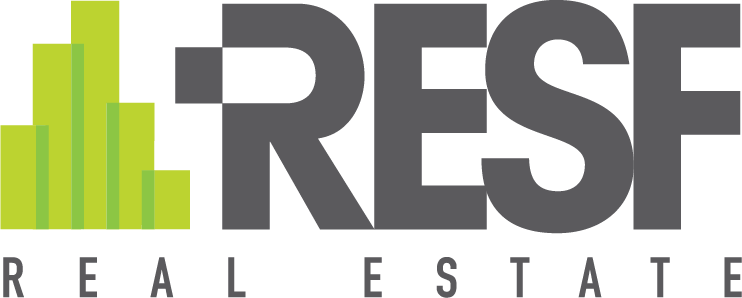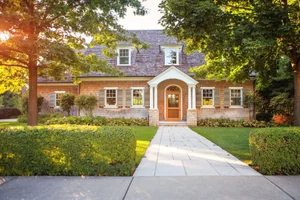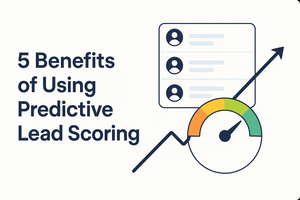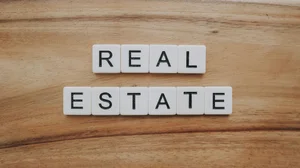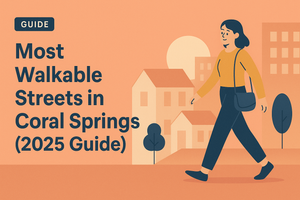It stands to reason that you want to appear at an advantage when selling your home. Not only does a well-staged home make it appear more attractive to prospective buyers, but this can also encourage buyers to make an offer. In many cases, highly desirable homes can trigger intense bidding and negotiations that drive home prices. The National Association of Realtors (NAR) has reported that 47% of home buyers’ real estate agents said that staging affected most of their buyers’ views of a listed home. Here, we’ll discuss some tips to effectively stage your home to make a sale.
What Are the Benefits of Home Staging?
Most sellers want to make a profitable sale of their property as quickly as possible. Staging supports these goals. Not only that, but staging often leads to an increase in the selling price. When a home is effectively staged, buyers can better visualize themselves in the space. Professional stagers understand how to make rooms appear more spacious. They know how to ensure that natural light complements the staged rooms. Staged homes often spend less time on the real estate market than unstaged homes because they sell more quickly. If you’re hoping to get higher offers, it’s a good idea to stage your home.
How Much Does Staging Cost?
Staging varies in price depending on how many rooms you decide to stage. Some home sellers opt to stage their homes on their own using the help of furniture rental companies. This method is less expensive but may only be as effective as a professional staging if the seller can stage each area of the house to its advantage.
If you decide to rent furniture for your home staging, you can expect to pay:
● Living Room: $150-$350 per month
● Main Bedroom: $180-$350 per month
● Regular Bedrooms: $150 per month
● Dining Room: $100-$400 per month
● Home Office: $50-$150 per month
Professional Home Stager or Real Estate Agent
According to Realtor.com, “the average cost for most stagers is $300-$600 for the initial design consultation, and $500-$600 per month per staged room. This is a pricier option, but many sellers prefer to rely on the pros because of the excellent return on investment they’re associated with.
Consultant
If you choose to consult with a professional, you can cut your costs down to that $300-$600 range. Once you have a plan, you can handle the staging and rentals on your own to enjoy some cost savings.
Virtual Staging
Virtual staging refers to the use of digital tools to virtually stage the rooms of a home. There is no physical staging—no moving in and out of furnishings. The process is done digitally. Virtual stagers photograph each room and then incorporate digital furnishings to present a furnished vision to potential buyers. Since many buyers search online for homes, virtual staging can be highly effective. Typically, virtual staging costs between $40-$200 per room.
Virtual Staging Overview
Given the lower costs of virtual staging, many buyers are opting for it in order to market their homes successfully online. Some buyers actually opt for both traditional and virtual staging methods. As mentioned, virtual staging involves no actual furnishings—just images. The designer uses actual photos of the home and then furnishes each room digitally.
What Are the Advantages of Virtual Staging?
Virtual staging is advantageous because it involves no actual moving of furniture in and out of a home. There’s no need to rent furniture and pay a monthly fee for its use. Rather than looking at an empty room, buyers will view each room fully furnished with beautiful items like sofas, lighting fixtures, and textiles. The designed rooms market the home more effectively because the rooms are, quite simply, more attractive. Of course, there’s also the cost factor; it’s cheaper to stage a home virtually than actually.
What Are the Disadvantages of Virtual Staging?
It can be a letdown when some buyers fall in love with a home online only to find that the actual rooms don’t live up to the virtual images. Therefore, it’s often best when designers keep their virtual designs simple and don’t mask the present architectural details of the room.
Who to Hire to Create Your Virtual Staging?
Many graphic designers now specialize in virtual staging for real estate. Talk to your real estate agent about local virtual staging professionals. Or search online for talent. Be sure to check for references and view the artist’s portfolio of completed home staging projects.
How Does Home Staging Affect Sales Prices?
Nearly 60% of realtors report that staging a home leads to more lucrative sales. According to a NAR report, 29% of real estate agents said staging leads to a 1%-5% price increase. 21% of agents said that staging leads to a price increase of between 6%-10%. Other reports demonstrated that in a survey involving 4,200 houses, 85% sold for 6%-25% more than unstaged houses.
What’s the relation between home staging and your home inspection?
It would appear that if someone is ready to sell their home, it’s in perfect conditions, but you could be surprised. Although there is no specific rule that forces you to have your house inspected before selling it, getting it into it is not a bad idea, especially if you want to get the best offer on the market.
It doesn’t matter how much you’ve been taking care of your home through the time you’ve lived in it; there can be some missing issues that you weren’t aware of. That’s why getting a professional inspector can save you a lot of problems that can be related to the sale of your house or the decrease of its value. An inspection will let you know the condition of your home. You can do some damage control, increase your home’s value and build up the perfect staging because your house will not only look flawless, but it will be.
Home Staging Pro Tips
Use these tips to stage your home more effectively so you can make it appear as attractive as possible to potential buyers:
● Hire a Professional: although it costs more initially to work with professionals, their fee is typically recouped in the increased value of the house at sale time.
● Clean and declutter the house before you stage it. Too much clutter will detract from the spacious feel of any room.
● Conduct a smell test. Invite a trusted friend or family member to visit and see if they notice any unpleasant smells upon entry. Pet smells, or musty odors will be a turnoff to buyers.
● Choose a key room or two rooms to stage, such as the living room and main bedroom. These rooms are typically important to buyers.
● Stage your home according to its suggested lifestyle and budget. For instance, if you’re marketing to families, don’t stage it with furnishings that are unlikely to attract them.
● When staging rooms, keep furnishings to a minimum. You don’t want the rooms to appear cluttered. You also don’t want your staging designs to put too distinct a stamp on a room. You want buyers to envision themselves and their belongings in the space.
● Remove personal items and think like an outsider when staging your home. Think about what the house looked like when you first entered it and before you put in an offer.
When selling your home, statistics show that home staging can help sellers sell their homes more quickly and for a higher price than similar unstaged homes. Consider the tips here and adopt a staging plan that’s ideal for you and your budget. Be sure to calculate the cost of your staging measures so that you can incorporate those fees into your asking price if possible.
